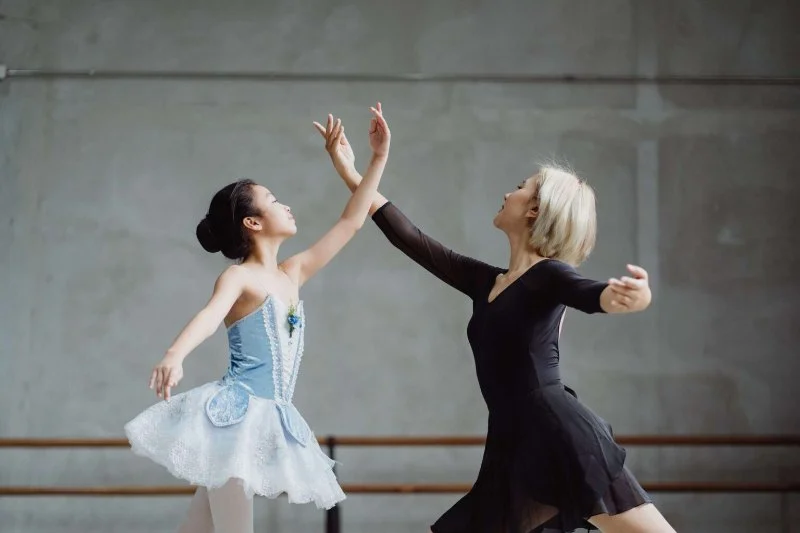
How to Use Dance to Express Complex Emotions
- 1. Introduction: The Power of Dance in Emotional Expression
- 2. Understanding Emotions Through Dance
- 3. Techniques to Express Complex Emotions Through Dance
- 4. Real-Life Examples of Dance as Emotional Expression
- 5. Conclusion: Dance as a Universal Language for Emotional Expression
1. Introduction: The Power of Dance in Emotional Expression
Dance has long been recognized as a form of expression, allowing individuals to communicate their innermost feelings without uttering a single word. Whether it’s through the fluid movements of ballet or the rhythmic beats of hip hop, dance provides a unique way to convey complex emotions that may be difficult to express otherwise. In this article, we’ll explore how dance can be used as a tool to express a wide range of emotions, from joy and love to sadness and frustration.
2. Understanding Emotions Through Dance
Emotions can often be complex, with many layers and subtle variations. Dance offers a means to break down these complexities, allowing for a more visceral and tangible form of expression. By paying attention to body language, posture, and movement, dancers can evoke powerful emotional responses, both from themselves and their audience. The key to using dance for emotional expression is understanding how different movements correspond to specific feelings:
- Flowing Movements for Calmness or Joy: Smooth, continuous movements, such as those found in contemporary dance or lyrical ballet, often convey feelings of tranquility, contentment, and happiness.
- Sharp, Staccato Movements for Anger or Frustration: Quick, jagged movements—common in styles like jazz or modern dance—can communicate feelings of anger, impatience, or distress.
- Slow Movements for Sadness or Melancholy: A slow and deliberate pace, often seen in ballroom or tango, can convey sadness, longing, or a sense of emotional heaviness.
Understanding how to channel specific emotions into your dance movements allows you to create a deeper emotional connection with your audience, and most importantly, with yourself.
3. Techniques to Express Complex Emotions Through Dance
To truly harness the power of dance for emotional expression, dancers need to master certain techniques that bring emotions to life. These techniques not only enhance the technical aspect of dance but also give the performer the tools to communicate with authenticity:
- Breath Control: Breathing plays a crucial role in emotional expression. A controlled, steady breath can help convey calmness or serenity, while erratic, shallow breaths can communicate panic or agitation.
- Facial Expression: The face is an essential part of communication in dance. A joyful, open face contrasts sharply with the intensity of a furrowed brow or a somber expression. Aligning facial expressions with body movements enhances the emotional depth of the performance.
- Timing and Rhythm: Timing in dance is critical for emotional impact. A slow, deliberate movement in time with a soft melody can express sadness, while a fast-paced rhythm can evoke excitement, urgency, or anger. Manipulating timing allows dancers to accentuate emotional moments in their routine.
- Connection to Music: Music is often a dancer’s emotional guide. Selecting the right piece of music is essential for helping express specific emotions, as the tempo, melody, and dynamics of the music can mirror the dancer’s emotional journey.
4. Real-Life Examples of Dance as Emotional Expression
Numerous dance performances throughout history have demonstrated the power of movement in conveying complex emotions. For example, Martha Graham’s famous work "Lamentation" powerfully expresses grief and despair through slow, controlled movements paired with a mournful piece of music. Similarly, in modern dance, performers often use improvisation to reflect on personal experiences, transforming raw emotions into artistic movements. These examples highlight how dance can act as a universal language, transcending barriers of culture and language.
5. Conclusion: Dance as a Universal Language for Emotional Expression
Dance is more than just an art form—it is a profound method of emotional communication. By understanding the connection between movement and emotion, dancers can unlock a deeper level of expression, communicating complex feelings in ways words cannot. Whether you're a beginner or an experienced dancer, learning how to express emotions through movement can be a powerful tool for personal growth, healing, and artistic achievement. For those interested in exploring the emotional depth of dance, Creative Edge Dance Studio offers a variety of classes to help you express your feelings through movement, with expert guidance along the way.
So, the next time you take to the dance floor, remember that you're not just performing steps—you're telling a story, sharing a feeling, and connecting with others on a deeply emotional level.
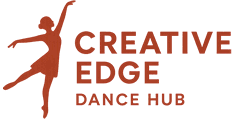


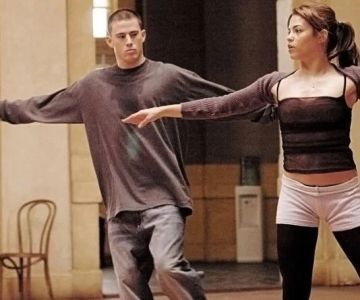
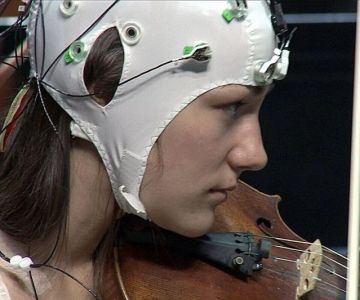


 Amidon Studios Language Studies4.0 (5 reviews)
Amidon Studios Language Studies4.0 (5 reviews)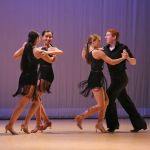 DanceSport Academy4.0 (11 reviews)
DanceSport Academy4.0 (11 reviews) Sierra Vista Dance Company4.0 (65 reviews)
Sierra Vista Dance Company4.0 (65 reviews) The Dance Institute of Washington4.0 (54 reviews)
The Dance Institute of Washington4.0 (54 reviews) Musicopia Dance, formerly Dancing Classrooms Philly0.0 (0 reviews)
Musicopia Dance, formerly Dancing Classrooms Philly0.0 (0 reviews) Dance Center at Interlochen Center for the Arts0.0 (0 reviews)
Dance Center at Interlochen Center for the Arts0.0 (0 reviews) How to Build a DIY Dance Floor in Your Garage or Basement
How to Build a DIY Dance Floor in Your Garage or Basement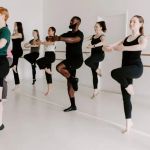 What to Expect in Your First Adult Dance Class: A Complete Guide
What to Expect in Your First Adult Dance Class: A Complete Guide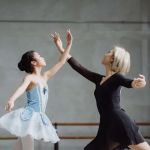 How to Use Dance to Express Complex Emotions – Unlocking Emotional Expression Through Movement
How to Use Dance to Express Complex Emotions – Unlocking Emotional Expression Through Movement 7 Mistakes I Made in My First Jazz Dance Class (and How to Fix Them)
7 Mistakes I Made in My First Jazz Dance Class (and How to Fix Them) What is Belly Dancing? Breaking Down Misconceptions
What is Belly Dancing? Breaking Down Misconceptions How to Find a Dance Class with a Live Band – Discover the Best Dance Experiences
How to Find a Dance Class with a Live Band – Discover the Best Dance Experiences